Have you ever watched your cat flinch at a sudden noise or scurry under the couch for no clear reason? If so, you’re not alone. Cat anxiety is real, and it can break your heart to see your furry friend on edge. The good news is, with a little understanding and a handful of gentle daily habits, you can help your cat find peace and comfort right at home. Let’s dive in together—like two curious cats—into the routines that can transform anxiety into tranquility.
Stick To A Consistent Routine
Cats thrive on predictability. Feeding, playtime, and cuddles should happen around the same time each day. When your cat knows what’s coming, it gives them a sense of safety—something anxious kitties crave.
A sudden change in routine, like switching meal times or rearranging furniture, can be stressful. Try to keep daily life as steady as possible. Even just greeting your cat every morning with the same soft words can set a reassuring tone for their day.
Create A Safe Space
Every anxious cat needs a sanctuary—a quiet, cozy spot where they can retreat when the world feels too much. This could be a soft blanket in a quiet corner, a covered cat bed, or even a cardboard box tucked away from traffic.
Watch where your cat naturally hides when they’re spooked. Make that area extra comfy and off-limits to children or other pets. When your cat can escape to their special hideaway, they’ll feel more secure and recover from stressful moments faster.
Use Gentle, Predictable Touch
Just like people, cats have preferences when it comes to touch. Some love belly rubs, while others prefer a chin scratch or a gentle stroke along the back. Pay close attention to your cat’s body language—flattened ears, twitching tails, or sudden movements mean “no thanks.”
Let your cat come to you for pets, rather than forcing affection. This respectful approach builds trust and lets your cat relax in your presence. Over time, you’ll notice their anxious energy melt away during these calm, loving moments.
Engage In Play Every Day
Play isn’t just fun—it’s therapy for anxious cats. Wand toys, feather sticks, or even a scrunched-up paper ball can help your cat burn off nervous energy. Regular play sessions also mimic hunting behaviors, which are deeply satisfying and comforting.
Try to have at least two short playtimes each day. Watch how your cat’s eyes brighten and their body loosens up when they’re truly engaged. These moments offer a break from worry and build positive associations with you.
Keep The Environment Calm
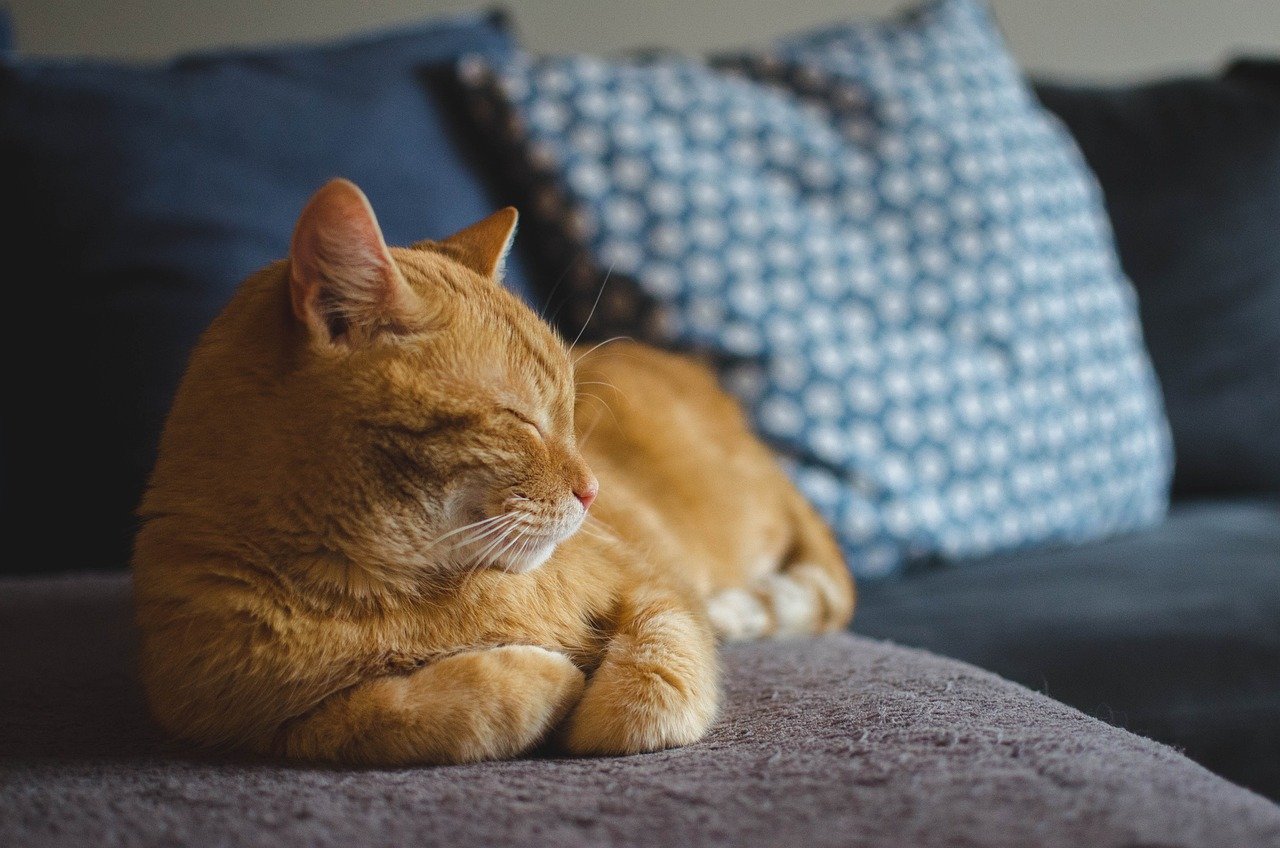
Loud noises—blenders, yelling, or even the vacuum—can send anxious cats into a tailspin. Try to minimize chaos whenever possible. Soft music or white noise can mask sudden sounds and create a peaceful atmosphere.
If you know something loud is coming, like a repairperson or fireworks, give your cat a heads-up by moving them to their safe space first. Calming scents, like lavender or synthetic feline pheromones, can also help ease your cat’s nerves during stressful times.
Respect Their Boundaries
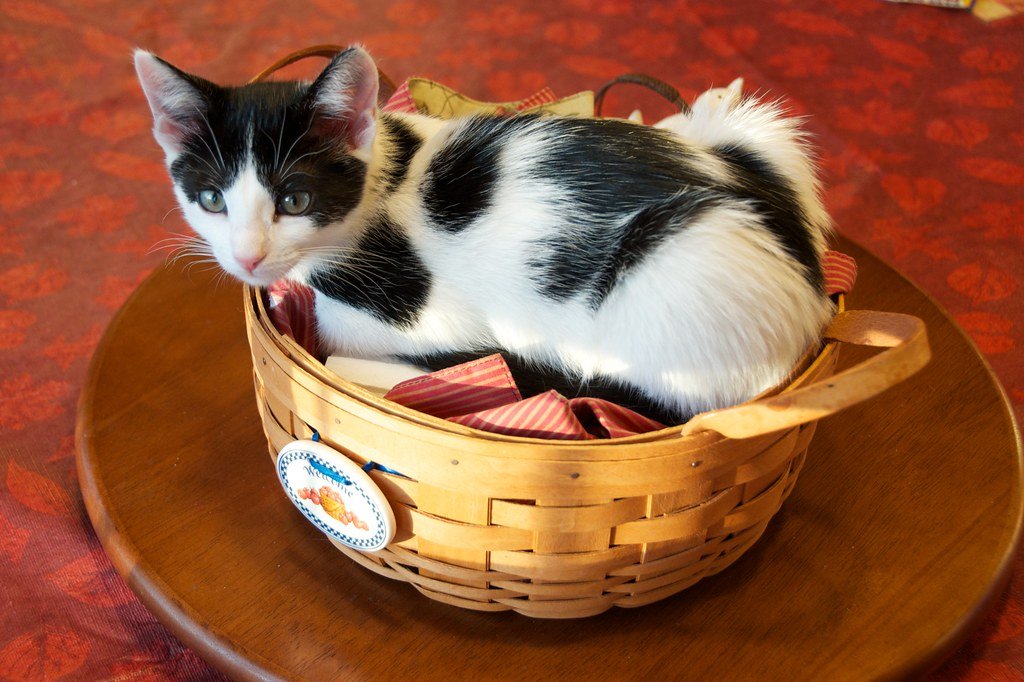
It’s tempting to scoop up your anxious cat and shower them with love, but too much attention can overwhelm them. Instead, give your cat plenty of space and let them set the pace for interaction.
Remember, slow blinks and gentle approaches signal friendliness in cat language. Never force your cat into situations they’re not ready for—this only increases anxiety and erodes trust.
Monitor For Health Changes
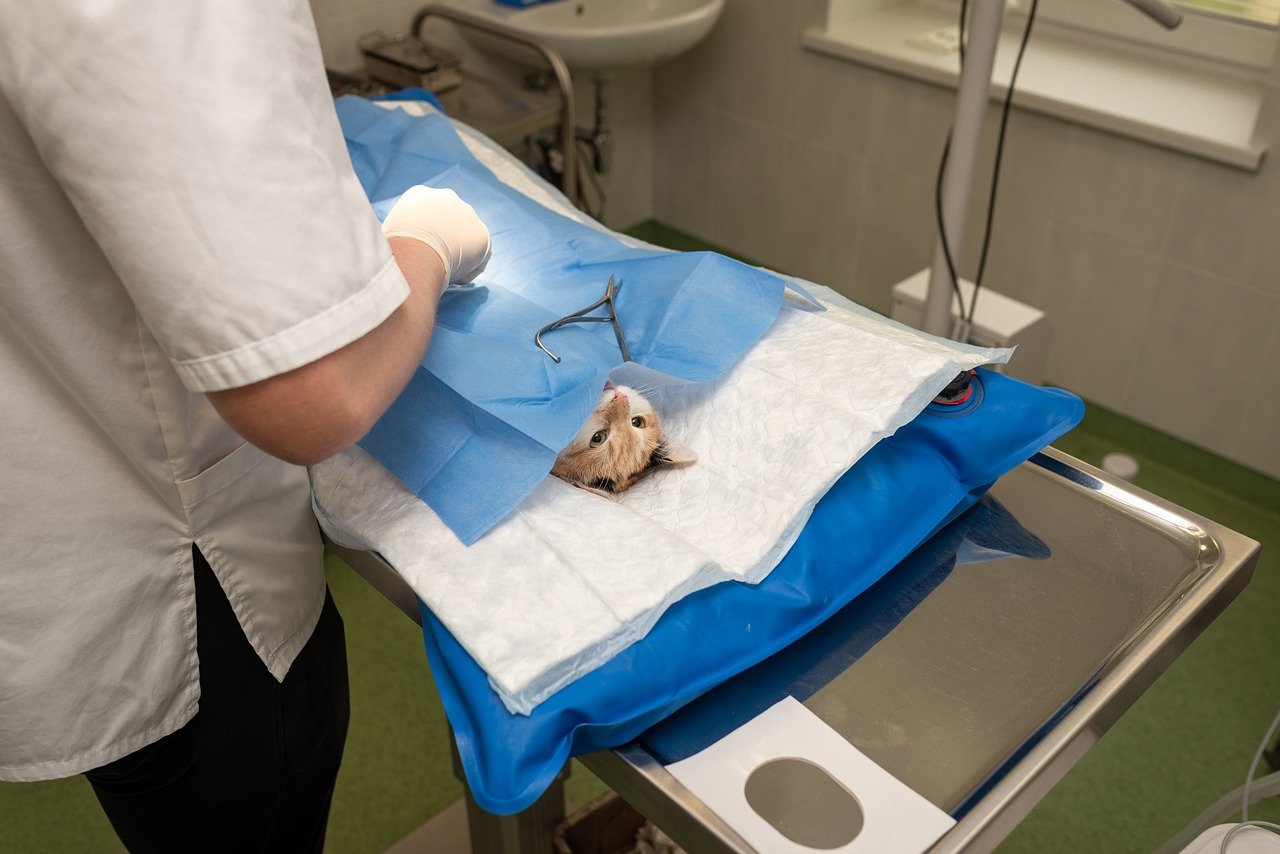
Anxiety can sometimes be a sign of underlying health issues, like pain, hyperthyroidism, or digestive problems. Watch for changes in appetite, grooming, litter box habits, or sudden aggression. These can all be subtle cries for help.
Regular vet checkups are essential for anxious cats. If you notice anything unusual, don’t wait—early intervention can prevent more serious problems and help your cat feel better, inside and out.
Encourage Exploration With Enrichment
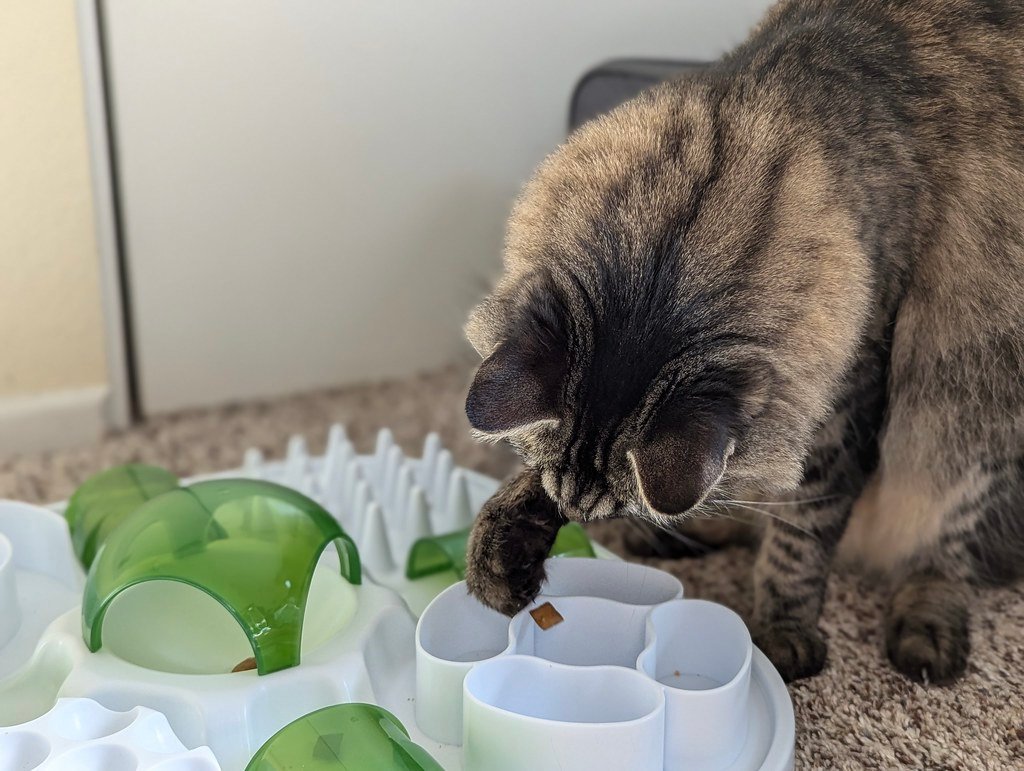
Boredom feeds anxiety. Offer new toys, scratching posts, or puzzle feeders to keep your cat’s mind busy and body active. Rotating toys and setting up window perches for bird-watching can work wonders for their confidence.
Even something as simple as a paper bag or a cardboard box can spark curiosity and shift your cat’s focus away from worry. Celebrate their little victories—every brave step deserves a gentle cheer.
Use Calming Aids When Needed
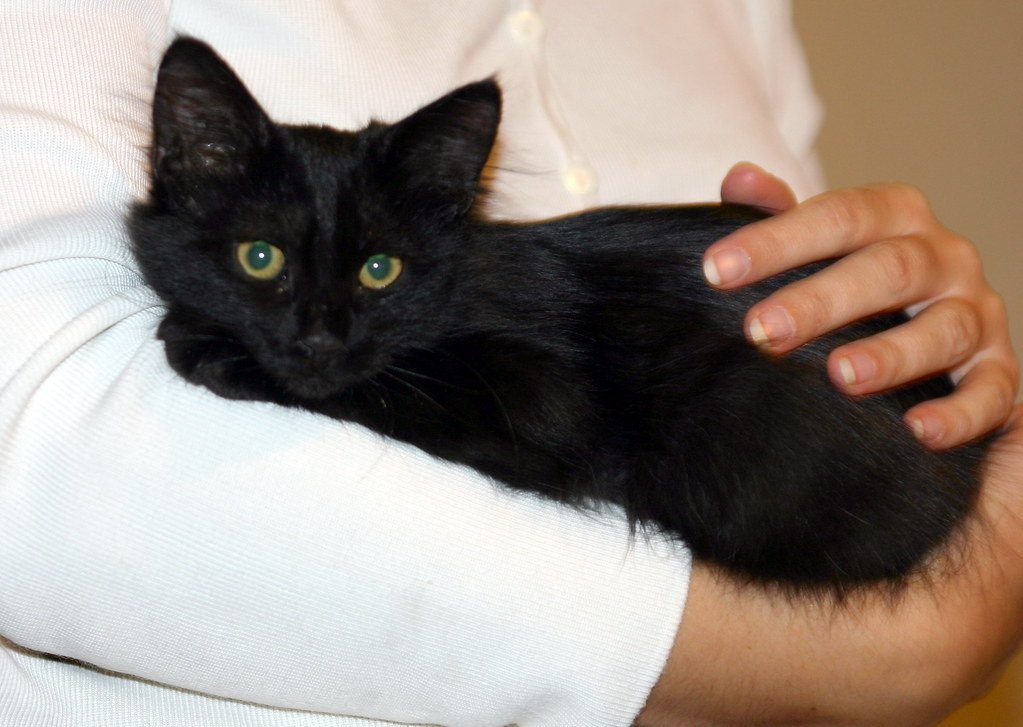
Sometimes, anxious cats need extra support. Talk to your vet about calming sprays, diffusers, or supplements made specifically for feline anxiety. Many cats respond well to pheromone products that mimic the natural “happy” scents mom cats produce.
Always introduce new aids gradually and observe how your cat reacts. What works for one cat may not work for another, so patience and gentle observation are key.
Practice Patience And Offer Reassurance
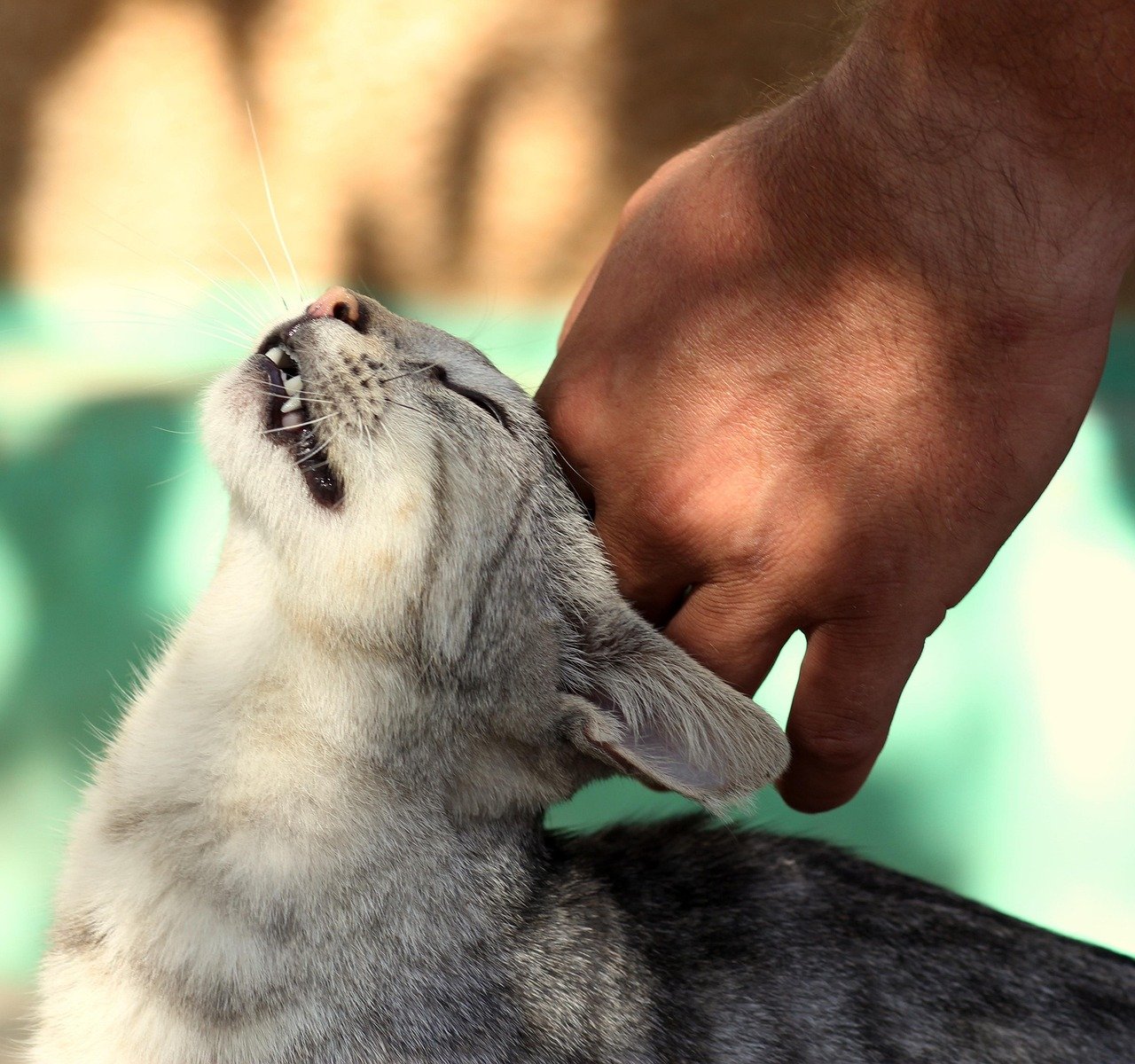
Above all, remember that calming an anxious cat is a journey, not a race. Progress may come in tiny steps—one relaxed tail flick, one brave venture out from hiding. Celebrate those moments and reassure your cat with your calm presence.
Speak in soft, soothing tones and use their name lovingly. When your cat knows you’re their safe person, even the most anxious heart can begin to heal. Your understanding and patience can make all the difference in their world.

Esther is from India; the heartbeat of South Asia, holding a Master’s degree in Zoology and a postgraduate diploma in Animal Welfare. Her enthusiasm for animal welfare drives her passion and dedication to working for animals, ensuring their well-being, and advocating for their rights. With a solid academic background and hands-on experience, she is committed to making a positive impact in the field of animal welfare. In her free time, she enjoys embroidery and sewing. As a Chennaite from Tamil Nadu, Esther loves Bharathanatyam, an Indian classical dance form.





